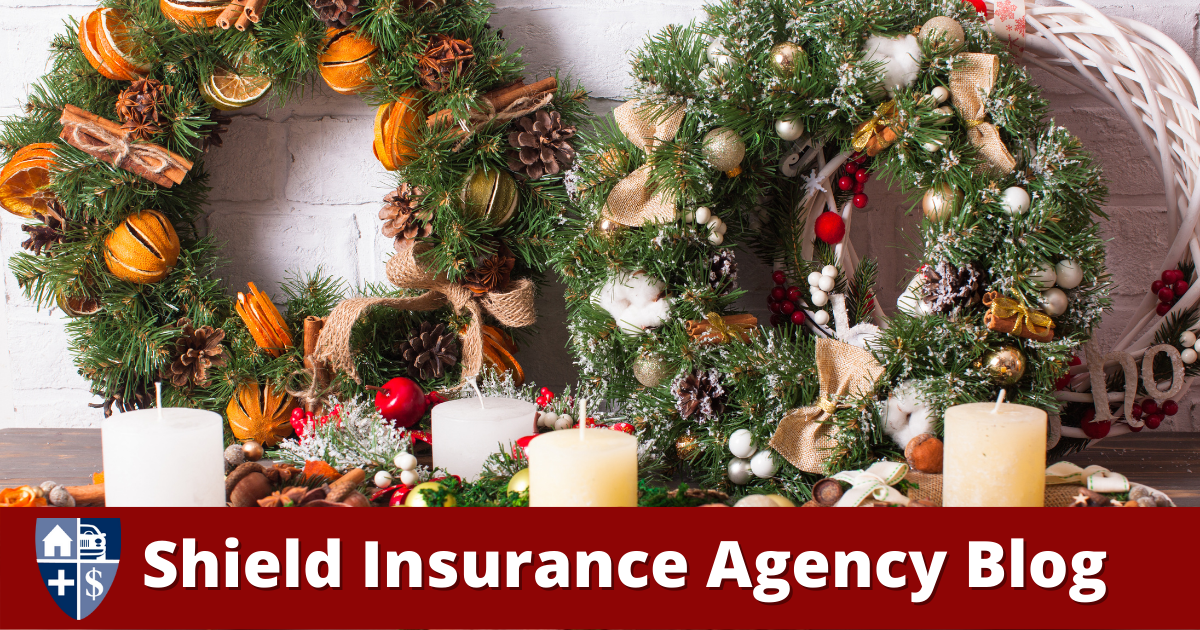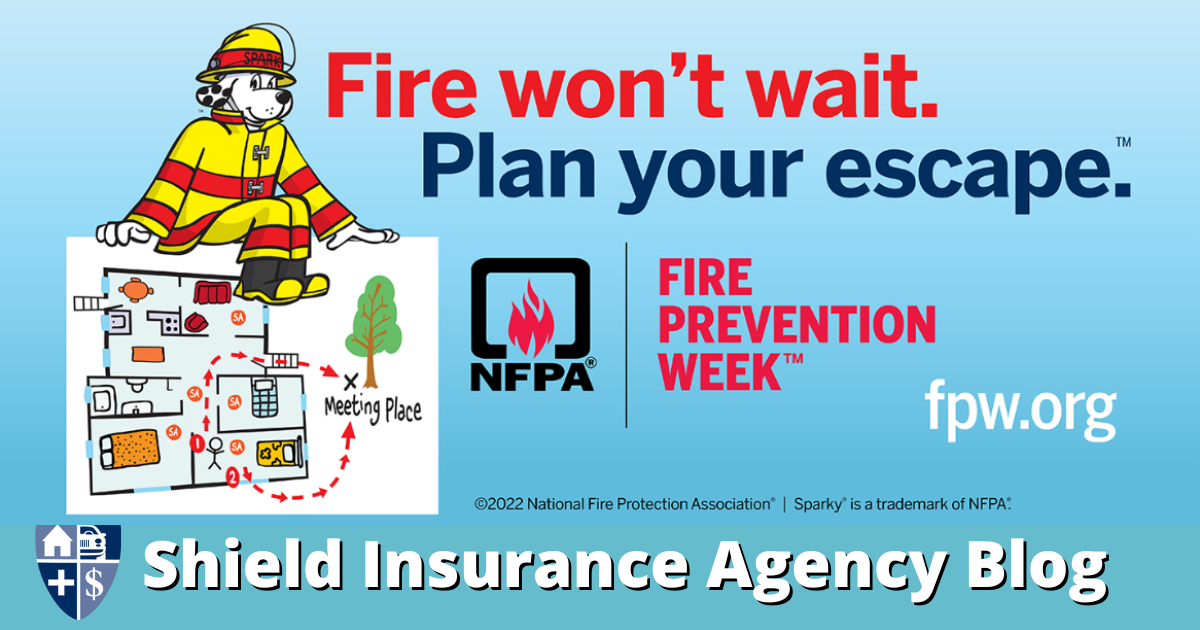
When Is it Time to Stop (or Start) Hosting the Holidays?
Passing the baton and changing traditions can be difficult for families
AARP | By Robin L. Flanigan | December 06, 2022| Hosting the Holidays | Home Insurance
Hosting the holidays can be a marathon sport. There’s planning the meals, buying the groceries, cleaning the house, cooking the food. It’s a lot of work, especially for older adults who have been at the holiday helm for two — sometimes three — generations.
When is it time to call it quits and let the younger generation take over hosting the Holidays?
That’s a difficult question for all involved. It can be difficult to give up the role of host after so many years; on the other side, it can be hard to take over that role, especially after a lifetime of baking, decorating, game-playing and gift-giving traditions.
“It’s a very emotional topic,” says Andrew G. Celli Jr., a 57-year-old attorney in Manhattan.
The traditions at his mother’s house — the home where he grew up in Rochester, New York — have “a rhythm and a regularity that makes it incredibly special and specific to her and the way she does things.”
But their family is large. Celli and his two siblings each are married with multiple children, some of whom have significant others, which means gatherings draw nearly 20 people. It’s a lot of work for Dolores Celli, who lives alone and is approaching 90, to make her usual lasagna; prime rib, or chicken with lemon, garlic, and rosemary; pizzelles; and the apple pie recipe her grandmother always used in Italy.
“It means taking the house apart and putting extra tables out, but I enjoy every moment of it,” she says, adding that she also provides breakfast for guests in the mornings. “Fortunately, I’m healthy enough to do it. Every year is a blessing as far as I’m concerned, even though I’m sure one of these days one of the kids is going to say, ‘No more.’”
While Andrew Celli says neither he nor his siblings have put their foot down once and for all just yet, he will be hosting Christmas at his home this year.
His mother “is incredibly strong and somewhat stubborn, but at the end of the holiday weekend, she is pretty tired,” he says. “We want her to enjoy the traditions that we can re-create at my house, without her having to do all the work.”
The importance of hosting the holidays & rituals
Going to the same house, eating the same food, and interacting with the same people for decades brings a sense of comfort and belonging.
“Traditions help create meaning in our lives, and help find and establish family connections,” says William C. Torrey, the Raymond Sobel professor of psychiatry and interim chair of psychiatry at Dartmouth Health and Dartmouth’s Geisel School of Medicine in New Hampshire. “Any change in how you celebrate the holidays can easily feel disruptive, but it also creates an opportunity for more conversation and expression of appreciation.”
That’s not so easy for Evey Meyer, 76, to believe. “I will be at the edge of my grave when I stop hosting,” says the former biology professor from St. Louis.
Rather than a chore, Meyer views hosting Hanukkah (“It wouldn’t be Hanukkah if I didn’t make potato pancakes”) as an act of survivorship, “something the Jewish holidays are partly about.” She points out that her generation may resist relinquishing the holiday reins in part because subsequent generations are less likely to engage in religious rituals — a worldwide phenomenon confirmed by a Pew Research Center analysis in 2018.
Meyer says that providing meals is linked to her self-image: “I’ve always been the feeder. When people think of me, I hope they think of food.”
At some point, however, the duties can become too much. It may take an older person days to recover, and younger adult guests may start to feel guilty for remaining on the receiving end. When this happens, it’s time for an honest, and possibly tough, conversation.



























































